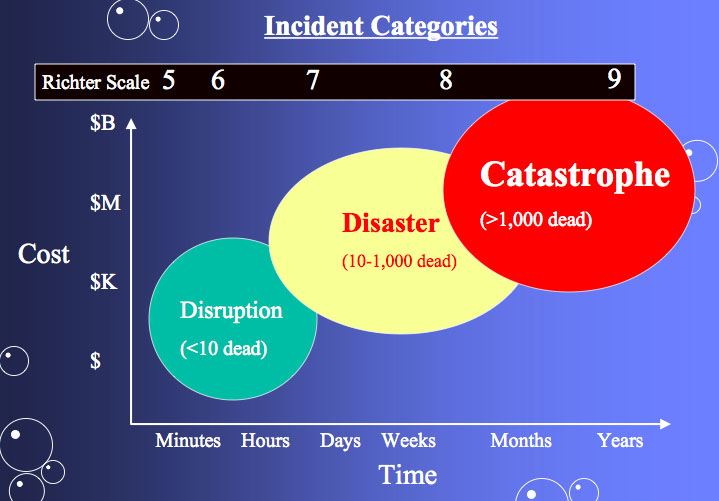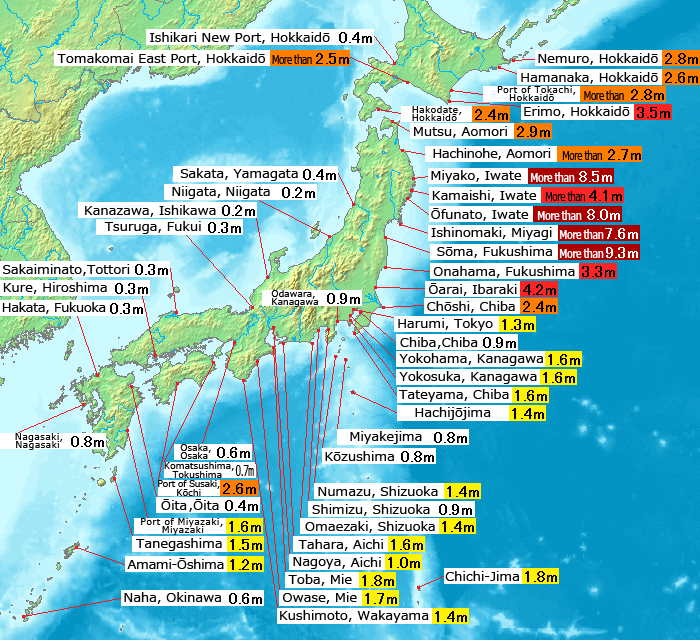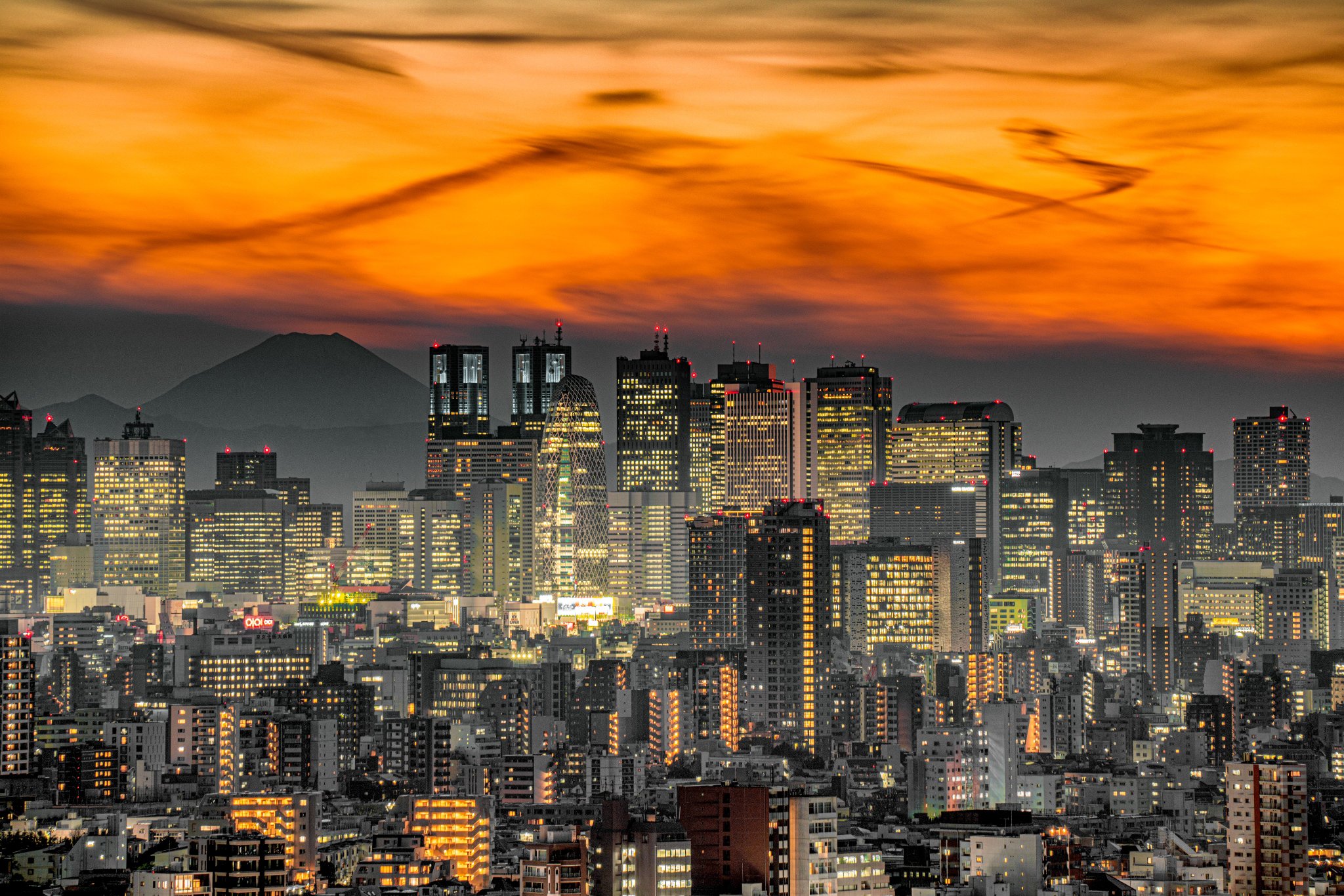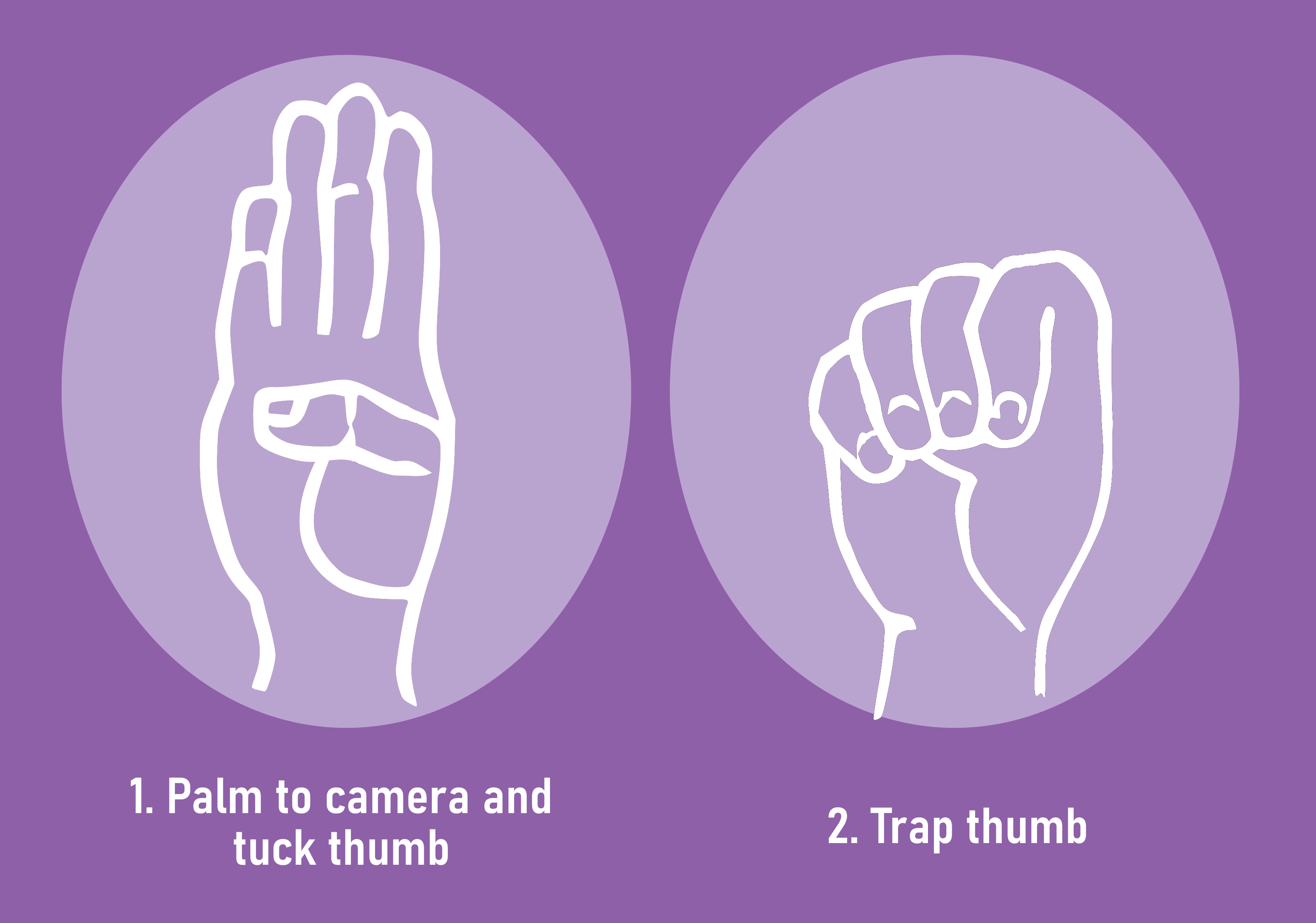
More than 21,000 people in southern Turkey and northern Syria have perished in this week’s tragic earthquake. While a newborn baby was rescued from the rubble, her mother who had just gone into labor when the quake struck but managed to deliver her baby, her father, and four siblings, did not survive the 7.9 magnitude temblor. Fatalities and injuries are still climbing. As the world races to rescue those still pinned beneath tumbled buildings, questions arise: how can such disasters made less dangerous in the future, how can we rebuild better, and how can we respond now to help?

Seismic science is relatively recent. It was in 1941 when Beno Gutenberg and Charles Richter, professors at the California Institute of Technology, defined what is known as the Gutenberg-Richter law that describes the magnitude of earthquakes – it is commonly referred to as the Richter Scale. The scale is logarithmic, meaning that each magnitude level is ten times stronger than the preceding one: a 7.0 earthquake is ten times stronger than a 6.0. temblor.

Many ancient cities and settlements were established long before scientific knowledge revealed the locations of tectonic fault lines. Earth is composed of a series of plates that are wedged alongside each other, and are slowing moving and readjusting. The area affected in Turkey and Syria was caused by the Arabian plate shifting against the Anatolian plate. The East Anatolian Fault is another area trouble spot under watch, according to Kandilli Observatory and Earthquake Research Institute at Bogazici University in Istanbul. It should be noted that some scientists also watch the San Andreas fault in California. One of the world’s destructive earthquakes in recent history was the 2004 9.1 magnitude off the coast of Indonesia that initiated a tsunami sweeping away whole communities along the Indian Ocean, taking 228,000 lives. In 2011, a 9.0 magnitude temblor struck off the coast of Japan, causing a tsunami that led to the Fukushima nuclear plant disaster.

We know where the danger zones are, but what can be done? Certainly, building safety codes can and must be strengthened. Turkey instituted seismic building codes but some older structures are vulnerable because they were built before these regulations existed; retrofitting is difficult. Also to be considered, alternate access routes when roads and bridges suffer damage: there are proposals worth exploring. Another approach to earthquake preparedness and disaster prevention is identifying dense cities built on seismic ground. Some of these cities include national capitals:

Cities that are earthquake prone – and their populations in greater metro area:
Tokyo, Japan – 37, 468,000
Shanghai, China – 23,019,000
Mexico City, Mexico – 21,804,500
Istanbul, Turkey – 15,455,000
Los Angeles, California – 15,250,000
Cities that contain the center of government are especially problematic when damaged by earthquakes or other disasters. When Haiti suffered a 2010 earthquake, the Presidential Palace in Port-au-Prince was damaged: government relief response was severely affected.

Some countries vulnerable to earthquake are building “spare-battery” capitals. Japan has already redesigned its train system, Shinkansen, with earthquakes in mind. But after the 2011 quake and tsunami, Japan began plans to develop Itami Airport, Osaka’s older airfield, to become a National Emergency Management International City. Should other capital cities develop alternate sites?

Earthquakes demand rebuilding: this post-disaster recovery can be an opportunity to rebuild with a more sustainable view of the future. Working in partnership and research worldwide, the Center for Rebuilding Sustainable Communities after Disasters, founded by Adenrele Awotona and located at the University of Massachusetts Boston, offers guidance through a community-based approach. Earthquakes, and other catastrophic disasters, demand a unique form of rebuilding: everything all at once. Water systems, electricity generation and distribution, the built environment from residences and businesses to hospitals and schools, food supply, roads – all must be rebuilt at the same time. It is a significant opportunity.

The most urgent question – how can we help now? To offer help to those affected by the Turkey/Syria earthquake, here are three sources:
Center for Disaster Philanthropy
Awotona, Adenrele. Planning for Community-based Disaster Resilience Worldwide: Learning from case studies in six continents. Routledge, 2017. ISBN: 9781472468154.
Center for Rebuilding Sustainable Communities After Disasters. https://www.umb.edu/crscad/
Davidson, Frank and K. Lusk Brooke. “Sportsways – possible access routes after earthquake damage.” Building the Future. Cambridge, MA 2012.
Ghosh, Pallab. “Turkey earthquake: Where did it hit and why was it so deadly?” 8 February 2023. BBC. https://www.bbc.co.uk/news/science-environment-64540696
Hernandez, Joe and G. Brumfiel. “Here’s what we know about what caused the Turkey earthquake” 7 February 2023. National Public Radio (NPR). https://www.npr.org/2023/02/07/11549131148/turkey-earthquake-fault-lines-syria
Zhai, David and Simon McGown. “Hypercapital: A backup city for Tokyo.” ARPA Journal. http://www.arpajournal.net/hypercapital/
Building the World Blog by Kathleen Lusk Brooke and Zoe G. Quinn is licensed under a Creative Commons Attribution-NonCommercial-NoDerivs 3.0 Un
